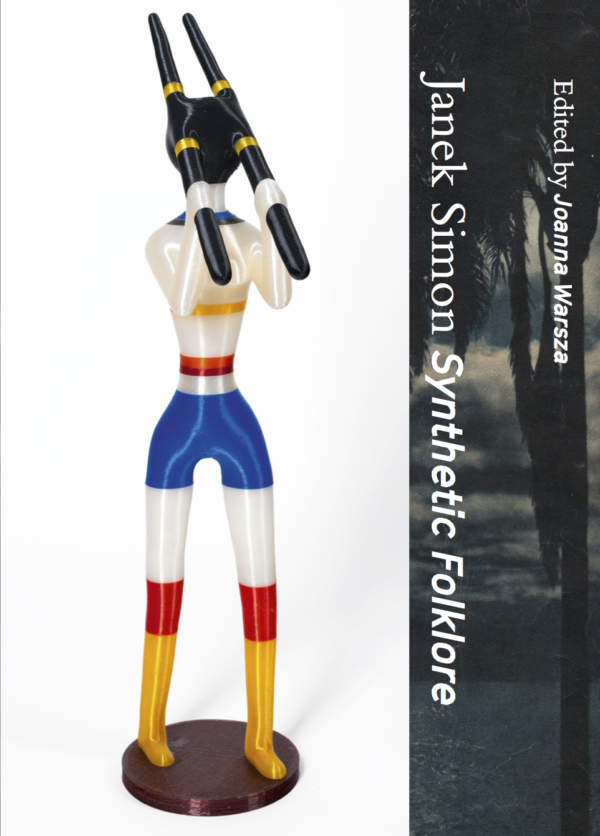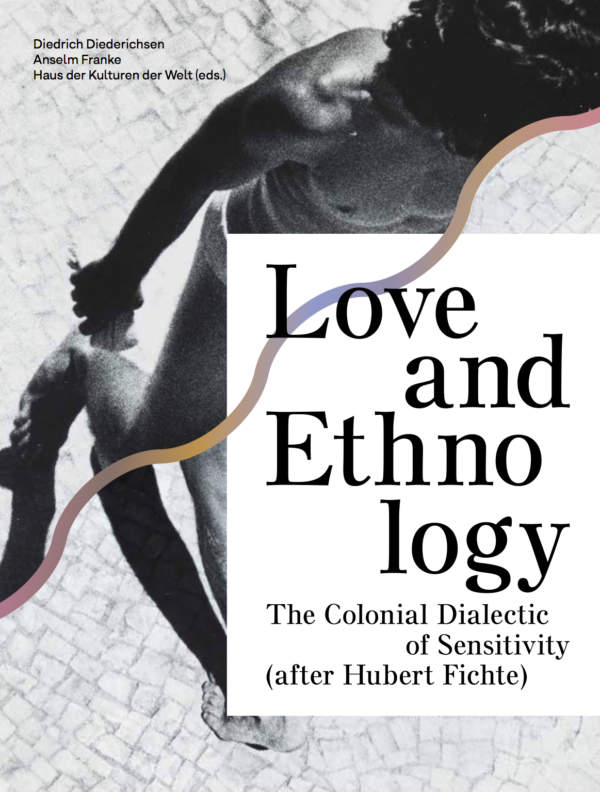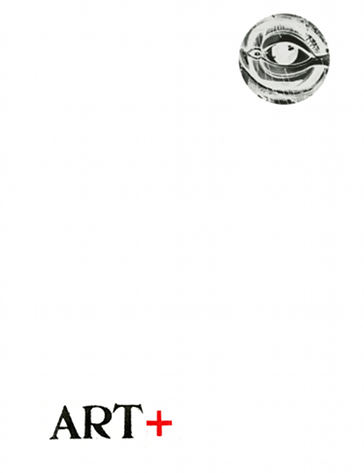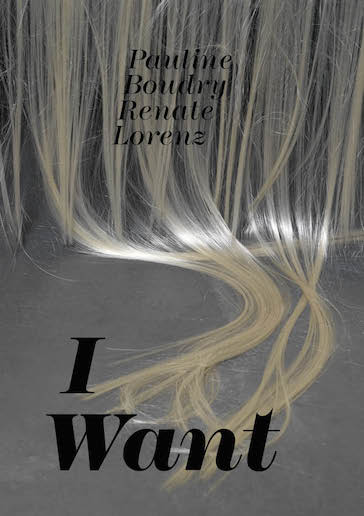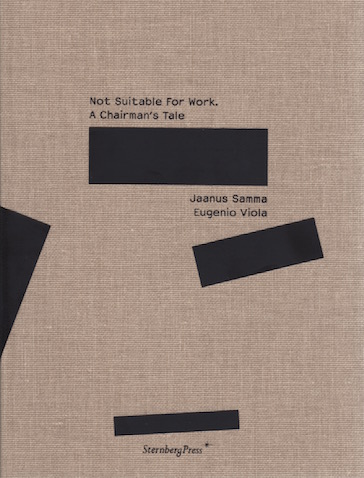Your cart is currently empty.
Cart
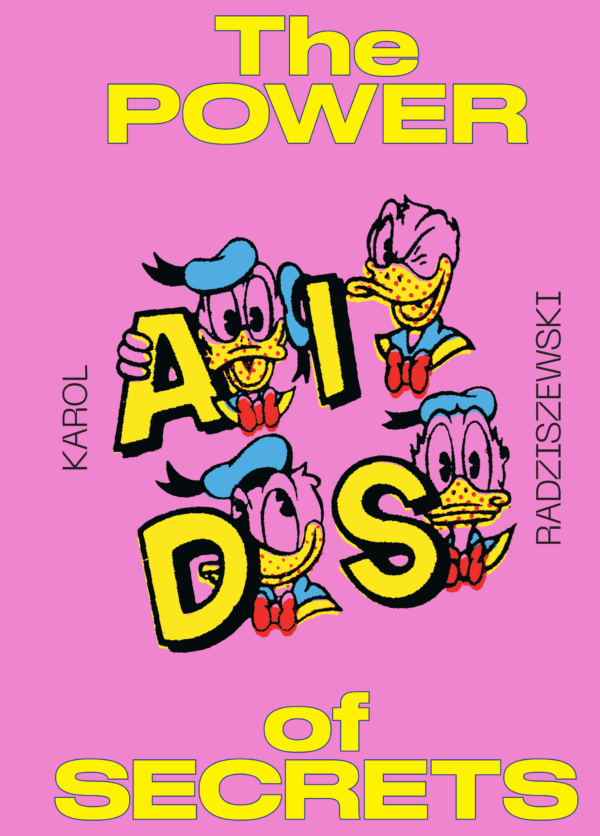
The Power of Secrets
Edited by Michał Grzegorzek
Contributions by Michał Grzegorzek, Fanny Hauser, João Laia, Elisabeth Lebovici, Katarzyna Przyłuska-Urbanowicz, Dorota Sajewska, Barbara Steiner, Wojciech Szymański
In 1989, a great political change awaited Poland: with the fall of the Berlin wall and the flourishing of capitalism, the people behind the Iron Curtain would be set free. Karol Radziszewski was nine years old, living in Białystok, and, in a graph-paper notebook, he drew pages and pages of princesses in corrective eyewear, dogs with mermaid tails, and mysterious seductresses, whose exceptionally firm bosoms would be, sooner or later, bedecked in arrows shot into a heart or a flame. Karol knows that the secrets of these notebooks were off limits to everyone.
Today these drawings reemerge as self-portraits of this adult artist: full-fledged works capping off Radziszewski’s enormous queer archive. A man of many faces, Radziszewski is an artist, curator, film director, and avid collector, skillfully navigating between the visual and performative arts. But above all, he is the creator of the Queer Archives Institute, a never-ending performance and informal organization grappling with the suppressed, yet surprisingly beautiful queer memory of Central and Eastern Europe.
The artist’s special montage of archival materials—self-made, ready-made, or inspiration for artistic extrapolation—formulates new ways of understanding history, memory, or legislation. He blurs facts with fantasies, cobbling together documentation from scraps of memories. He leaves false trails to suggest alternative paths of remembering. The secret performativity of Karol Radziszewski’s archive is not merely in its tales of the past, but above all, in the queer potential of the future: its revolutionary nature, its change, and its promise of freedom.
